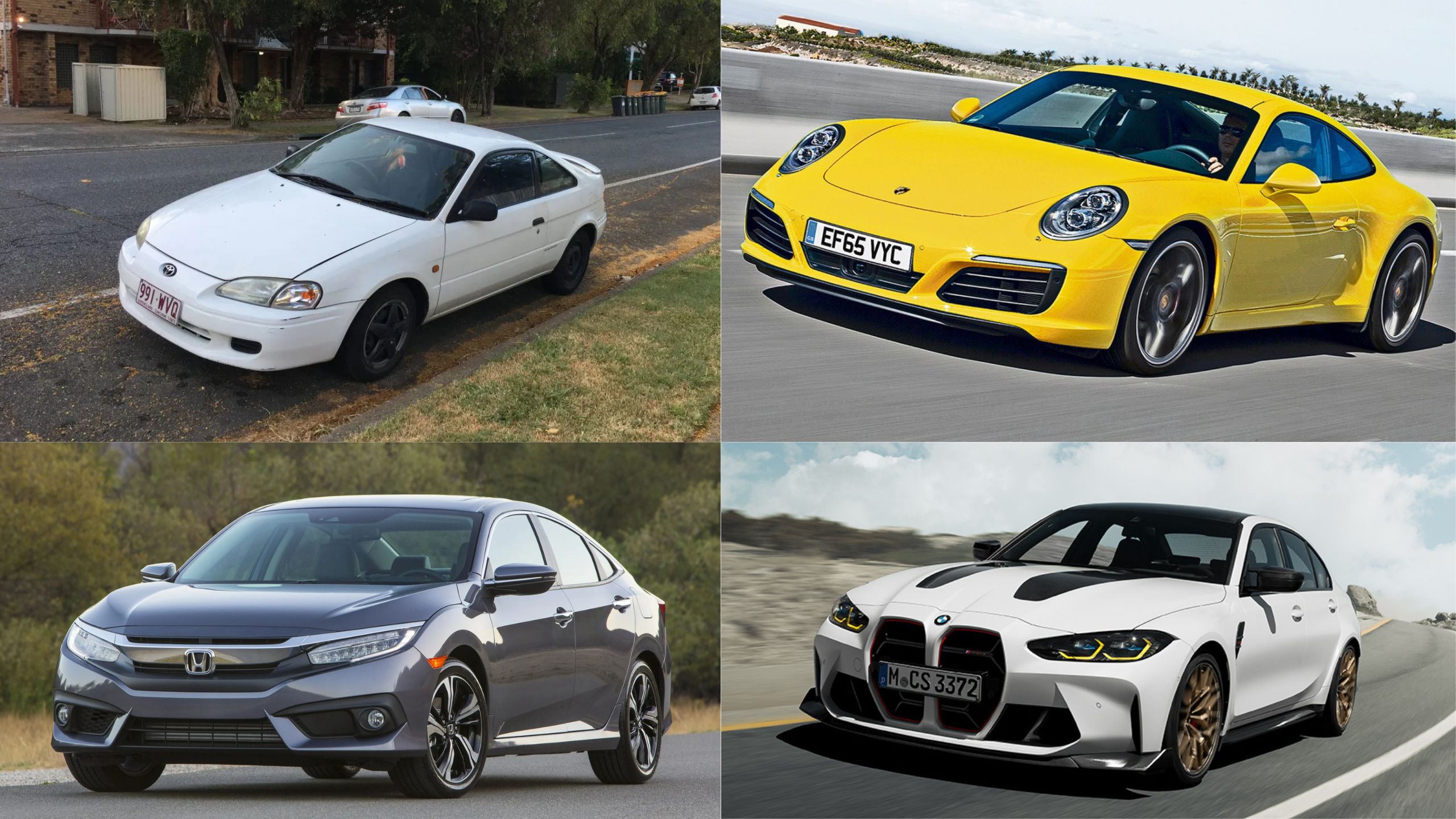The heart of any vehicle lies beneath its sculpted sheet metal and luxurious interiors in the intricate engineering of its powertrain. A vehicle’s powertrain represents the culmination of decades of innovation, refinement, and performance evolution.
These sophisticated systems transform fuel into motion through a harmonious orchestra of precisely engineered components, including engines, transmissions, drive shafts, and differentials.
In today’s automotive world, where efficiency, reliability, and performance are paramount, certain manufacturers have distinguished themselves through consistent excellence in powertrain development.
From the relentless pursuit of horsepower to groundbreaking advancements in efficiency and electrification, these ten brands have established legacies built upon exceptional powertrain engineering.
Their contributions have not only propelled their vehicles to greatness but have often revolutionized the entire automotive industry. Through dedicated research and development, rigorous testing protocols, and an unwavering commitment to pushing technological boundaries, these manufacturers have earned their reputation for powertrain superiority that extends beyond marketing claims to demonstrable, real-world excellence.
This exploration goes into the engineering philosophies, signature innovations, and landmark achievements that have cemented these ten brands as undisputed leaders in powertrain development.
1. Toyota
Toyota’s powertrain excellence lies not in headline-grabbing horsepower figures but in its relentless pursuit of dependability and efficiency. For decades, the Japanese manufacturer has refined its engines and transmissions to achieve a level of reliability that has become legendary in automotive circles.
The cornerstone of this reputation was established with the introduction of the JZ series engines in the 1990s, particularly the 2JZ-GTE found in the iconic Supra, which demonstrated remarkable durability even when modified for significantly higher power outputs than stock.
Toyota’s commitment to powertrain innovation took a revolutionary turn with the introduction of the Hybrid Synergy Drive system in the first-generation Prius.
This pioneering technology combined a gasoline engine with electric motors in a way that maximized efficiency while maintaining reliability. The system has evolved through multiple generations, becoming progressively more refined and efficient, with Toyota’s hybrids consistently outperforming competitors in real-world efficiency tests.

The company’s engineering philosophy emphasizes thorough validation and conservative advancement rather than rapid adoption of unproven technologies.
This methodical approach is exemplified by Toyota’s UR engine family, which incorporates dual VVT-i (Variable Valve Timing with intelligence), direct injection, and Atkinson cycle operation to maximize efficiency without compromising longevity.
These V6 and V8 engines have demonstrated remarkable durability in everything from luxury sedans to rugged off-road vehicles. Toyota’s transmission technology has similarly focused on reliability, with its automatic transmissions being particularly renowned for their smooth operation and longevity.
More recently, the company has successfully deployed continuously variable transmissions (CVTs) across much of its lineup, carefully engineered to avoid the reliability issues that have plagued some competitors’ CVT implementations.
The culmination of Toyota’s powertrain expertise is perhaps best represented by its hydrogen fuel cell technology in the Mirai, which demonstrates the brand’s forward-thinking approach while maintaining its core values of dependability and efficiency.
By balancing innovation with meticulous quality control, Toyota has created powertrains that consistently deliver on their promises through hundreds of thousands of miles, a testament to engineering excellence that prioritizes the customer’s long-term ownership experience above all else.
2. Porsche
Porsche’s powertrain mastery represents the perfect marriage between engineering precision and visceral performance. The Stuttgart-based manufacturer has crafted a legacy built upon powertrain innovations that consistently set benchmarks for both performance and durability.
The company’s flat-six engines have become iconic not merely for their distinctive sound profile but for their remarkable ability to deliver exhilarating performance while withstanding the punishing demands of track usage and daily driving alike.
The evolution of Porsche’s boxer engine architecture demonstrates the company’s commitment to refining a fundamental design rather than abandoning proven concepts.
From air-cooled origins to modern water-cooled masterpieces, Porsche engineers have methodically addressed challenges while preserving the inherent balance and character that enthusiasts cherish.
The culmination of this development philosophy can be found in the 4.0-liter naturally aspirated flat-six in the 911 GT3, a high-revving marvel that generates over 500 horsepower without forced induction, while still passing increasingly stringent emissions regulations.
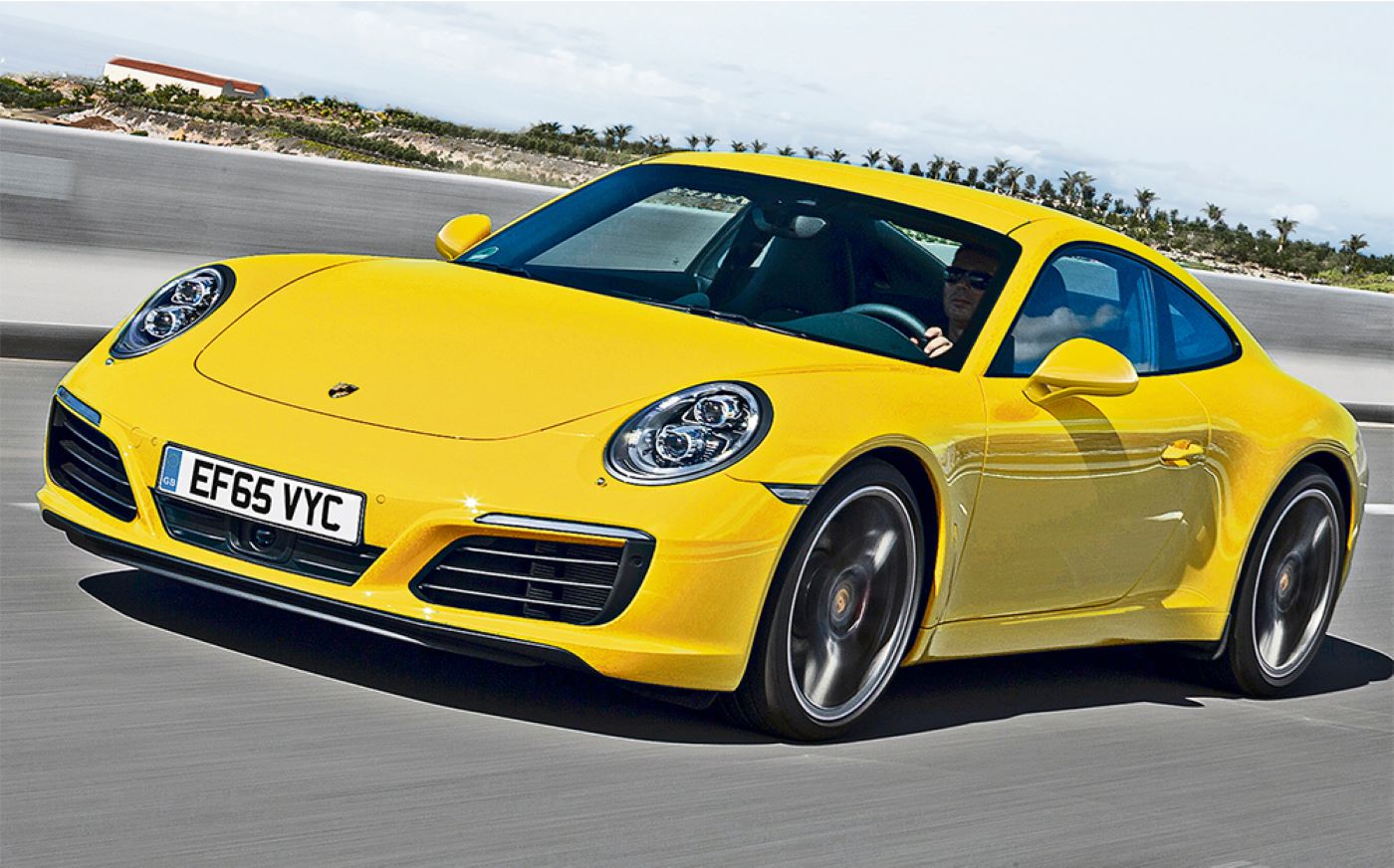
Equally impressive is Porsche’s transmission expertise, particularly evident in the development of the PDK (Porsche Doppelkupplung) dual-clutch transmission.
This technology offers instantaneous gear changes without power interruption, delivering acceleration that surpasses even skilled drivers operating manual transmissions.
The refinement of PDK through multiple generations has resulted in a transmission that performs flawlessly whether crawling through traffic or executing split-second shifts at redline on a racetrack.
Porsche’s powertrain excellence extends beyond traditional combustion engineering to cutting-edge electrification. The Taycan’s 800-volt electrical architecture represents a fundamental advancement over competitors, enabling faster charging and superior performance consistency.
The two-speed transmission integrated into the rear electric motor demonstrates Porsche’s commitment to optimizing performance across all speed ranges, not merely from standstill, a sophisticated approach that distinguishes their electric powertrains from less nuanced implementations.
Perhaps most impressive is Porsche’s ability to maintain exceptional reliability despite extracting tremendous performance from its powertrains.
The company’s rigorous development process includes extensive endurance testing, including thousands of miles at sustained high speeds on the Nürburgring and in extreme climate conditions.
This validation process ensures that Porsche’s powertrains deliver their performance not just in magazine tests but throughout years of enthusiastic ownership, creating mechanical systems that inspire confidence regardless of how aggressively they’re driven.
3. Honda
Honda’s powertrain excellence embodies the perfect balance between engineering intelligence and real-world practicality. The Japanese manufacturer has consistently delivered engines and transmissions that extract remarkable performance and efficiency from relatively modest displacement, establishing a reputation for creating powertrains that punch well above their weight class.
The company’s engineering philosophy is perhaps best exemplified by its legendary VTEC (Variable Valve Timing and Lift Electronic Control) technology, introduced in 1989. This revolutionary system effectively provided two distinct engine personalities within a single power unit: efficient and docile at low revs, yet capable of transforming into a high-performance machine once crossing a specific RPM threshold.
This Jekyll-and-Hyde character became Honda’s signature, enabling small-displacement engines to deliver impressive fuel economy during normal driving while providing exhilarating performance when demanded.
Honda’s commitment to naturally aspirated excellence reached its zenith with the S2000’s F20C engine, which achieved the highest specific output per liter of any mass-produced naturally aspirated engine at its launch.
This 2.0-liter marvel produced 240 horsepower without forced induction, an achievement that demonstrated Honda’s unparalleled expertise in extracting maximum efficiency from internal combustion.
The engine’s 9,000 RPM redline and bulletproof reliability further cemented Honda’s reputation for creating powertrains that combined performance with bulletproof durability.
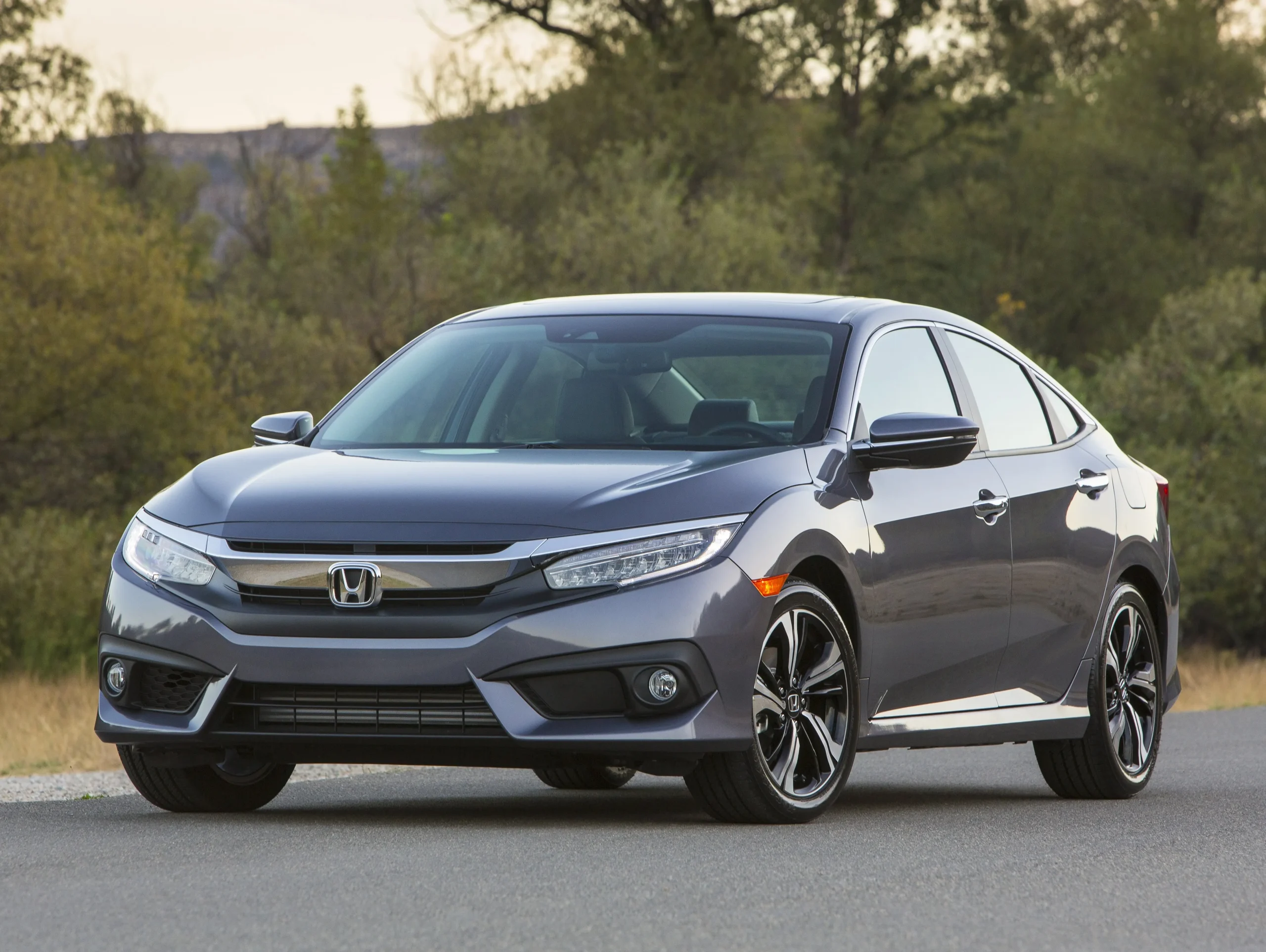
In more mainstream applications, Honda’s Earth Dreams technology suite represents the company’s holistic approach to powertrain efficiency, incorporating direct injection, reduced friction components, and variable timing systems to maximize both performance and fuel economy.
This technology demonstrates Honda’s ability to create powertrains that excel not just on specification sheets but in everyday driving conditions. The company’s transmission engineering deserves equal recognition, with Honda manual gearboxes frequently cited as benchmarks for precise shift feel and mechanical satisfaction.
Their automatic transmissions have similarly evolved to deliver both efficiency and engagement, avoiding the reliability issues that have plagued some competitors.
Most recently, Honda has applied its powertrain expertise to hybrid and electric applications, creating systems that maintain the company’s characteristic driving dynamics while embracing new propulsion technologies.
The two-motor hybrid system found in vehicles like the Accord Hybrid delivers seamless power delivery and exceptional efficiency without sacrificing the responsive driving experience Honda enthusiasts expect.
By consistently focusing on the fundamentals of powertrain engineering, balanced performance, efficiency, and reliability Honda has established itself as a brand whose powertrain expertise transcends market segments and price points.
4. BMW
BMW’s powertrain excellence is inextricably linked to its identity as “The Ultimate Driving Machine,” a reputation built upon engines and transmissions designed to deliver engaging performance across diverse driving conditions.
The Bavarian manufacturer has consistently created powertrains that combine sophisticated engineering with emotional appeal, establishing benchmarks that competitors strive to match.
At the core of BMW’s powertrain philosophy lies the inline-six engine configuration, which the company has remained steadfastly committed to despite industry trends toward more compact V6 designs.
This dedication stems from the inline-six’s inherent primary and secondary balance, resulting in exceptional smoothness and a distinctive sound signature that has become part of BMW’s heritage.
The evolution of this architecture reached new heights with the introduction of the B58 turbocharged inline-six, which delivers remarkable power density while maintaining the linear power delivery and refined character that enthusiasts cherish.
BMW’s commitment to powertrain innovation extends beyond traditional configurations to groundbreaking technologies like ValveTronic, a fully variable valve lift system that effectively eliminates the need for a traditional throttle plate by controlling engine breathing through valve operation.
This sophisticated approach reduces pumping losses and improves efficiency across the entire rev range, demonstrating BMW’s willingness to implement complex engineering solutions to achieve performance gains.
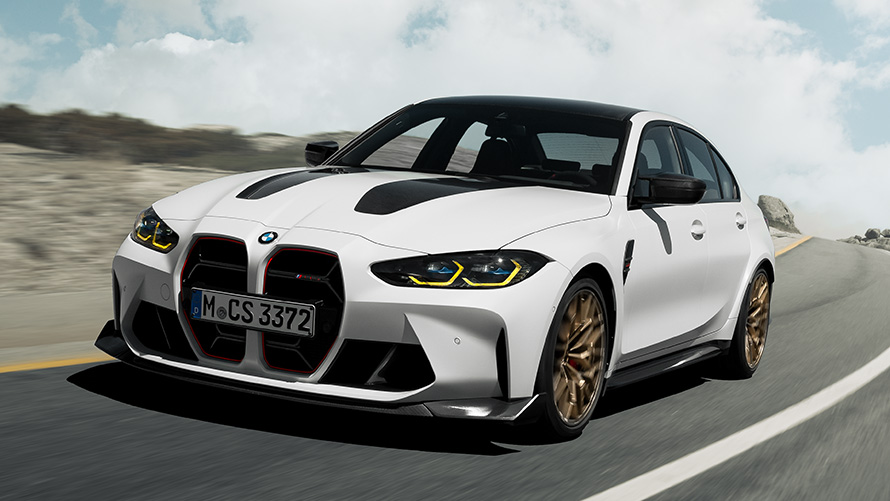
The manufacturer’s manual transmissions have long been celebrated for their precise action and mechanical connection, particularly in M Division products. Equally impressive is BMW’s development of the ZF 8-speed automatic transmission, which the company has calibrated to deliver rapid shifts and intelligent gear selection that complements the engine’s power delivery characteristics.
This transmission’s ability to be both unobtrusive during relaxed driving and responsive during spirited operation exemplifies BMW’s understanding that a truly excellent powertrain must adapt to the driver’s intentions.
BMW’s M Division represents the pinnacle of the company’s powertrain development, creating specialized engines like the S58 twin-turbocharged inline-six and the S63 twin-turbocharged V8 that combine track-capable performance with daily drivability.
These engines feature sophisticated technologies, including closed-deck construction, forged internals, and advanced cooling systems that enable sustained high-performance operation without compromise.
More recently, BMW has applied its powertrain expertise to electrification through its fifth-generation eDrive technology. This modular electric drive system maintains BMW’s characteristic driving dynamics while introducing new dimensions of efficiency and instantaneous torque delivery.
By treating electrification as an opportunity to enhance the driving experience rather than merely comply with regulations, BMW demonstrates that its powertrain excellence transcends specific technologies in favor of consistent driving engagement regardless of propulsion method.
Also Read: 10 Pickup Trucks Ideal for DIYers and Handymen
5. Mercedes-Benz
Mercedes-Benz’s powertrain excellence represents the perfect synthesis of cutting-edge innovation and time-tested engineering principles. The Stuttgart-based luxury manufacturer has consistently developed engines and transmissions that establish industry benchmarks for refinement, durability, and technological advancement.
This reputation began with the company’s inline-six engines of the 1950s and 1960s, which demonstrated remarkable smoothness and longevity, establishing Mercedes as a pioneer in powertrains that could cover hundreds of thousands of miles while maintaining their performance characteristics.
The company’s diesel engine development deserves particular recognition, with Mercedes introducing numerous innovations that transformed compression-ignition technology from purely utilitarian applications to luxury vehicle propulsion.
The OM617 five-cylinder diesel of the 1970s established new standards for durability, with many examples exceeding one million miles of service while maintaining their original integrity.
This legacy continues with modern diesel powertrains featuring BlueTEC technology, which combines remarkable efficiency with emissions control systems that deliver exceptional cleanliness without compromising performance.
On the gasoline front, Mercedes-AMG has created some of the industry’s most charismatic engines, including the hand-built “one man, one engine” M156 naturally aspirated 6.2-liter V8, which delivered both thunderous performance and surprising tractability.
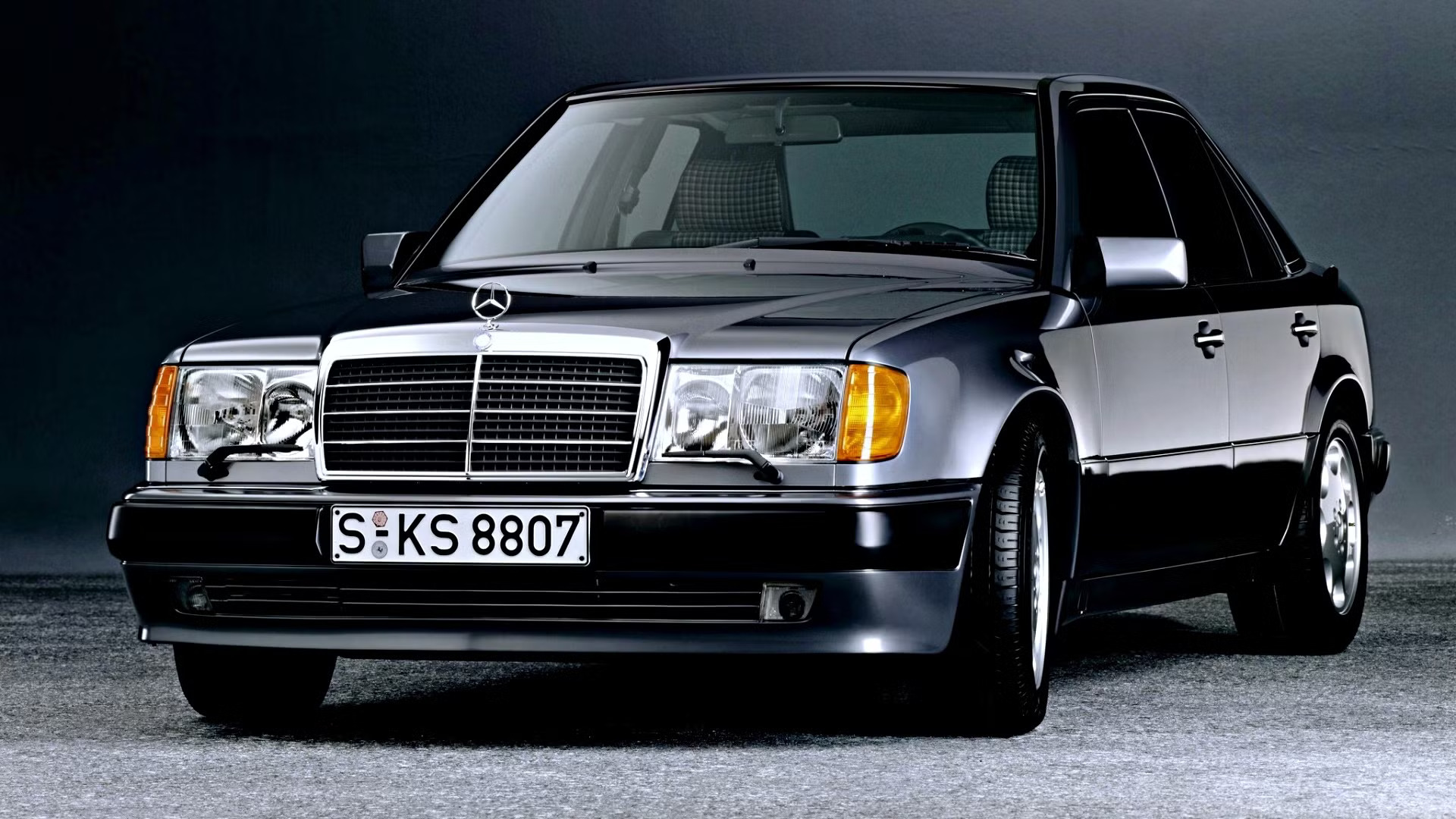
The evolution of this philosophy can be seen in the current M177/M178 4.0-liter twin-turbocharged V8, which combines forward-looking efficiency with the emotional character that enthusiasts demand.
Mercedes’ transmission development has been equally progressive, with the company pioneering multi-gear automatic transmissions that prioritize both smoothness and responsiveness.
The current 9G-TRONIC nine-speed automatic represents the culmination of decades of refinement, delivering imperceptible shifts while maintaining mechanical efficiency across a wide range of operating conditions.
This transmission’s ability to skip multiple gears when necessary further demonstrates Mercedes’ understanding that a truly excellent transmission must anticipate driver intentions rather than merely responding to them.
The company’s powertrain excellence extends to its 48-volt mild-hybrid EQ Boost technology, which seamlessly integrates electric assistance to eliminate turbo lag and enhance efficiency without compromising the distinctive character of its combustion engines.
This approach demonstrates Mercedes’s commitment to preserving the emotional connection drivers have with their vehicles while embracing electrification’s benefits.
Throughout its history, Mercedes-Benz has approached powertrain development with a philosophy that balances innovation with methodical evolution. Each new generation improves upon established principles rather than abandoning proven concepts, creating a lineage of powertrains that consistently deliver premium experiences regardless of price point or vehicle segment.
This commitment to excellence without compromise has established Mercedes-Benz as a brand whose powertrains deliver not just transportation but a distinctive driving experience that remains true to the company’s heritage while constantly advancing the state of the art.
6. Mazda
Mazda’s powertrain excellence stems from its willingness to pursue unconventional solutions to engineering challenges, resulting in distinctive power units that deliver engaging performance without resorting to brute force.
This maverick approach is perhaps best exemplified by the company’s decades-long commitment to rotary engine development, culminating in the legendary Renesis rotary found in the RX-8, a 1.3-liter powerplant that produced 238 horsepower without forced induction while weighing significantly less than comparable piston engines.
This dedication to the Wankel design, despite its inherent challenges, demonstrates Mazda’s philosophical commitment to engineering solutions that prioritize driving enjoyment over mere conformity.
Beyond rotary innovation, Mazda’s Skyactiv technology suite represents one of the most comprehensive approaches to internal combustion optimization in the modern automotive world.
Rather than simply pursuing downsized turbocharging like many competitors, Mazda chose the more difficult path of maximizing naturally aspirated efficiency through exceptionally high compression ratios as high as 14:1 in some applications, approaching diesel-like compression in gasoline engines.
This required solving complex engineering challenges, including preventing pre-ignition and managing heat, resulting in engines that deliver immediate throttle response and linear power delivery while achieving remarkable efficiency.
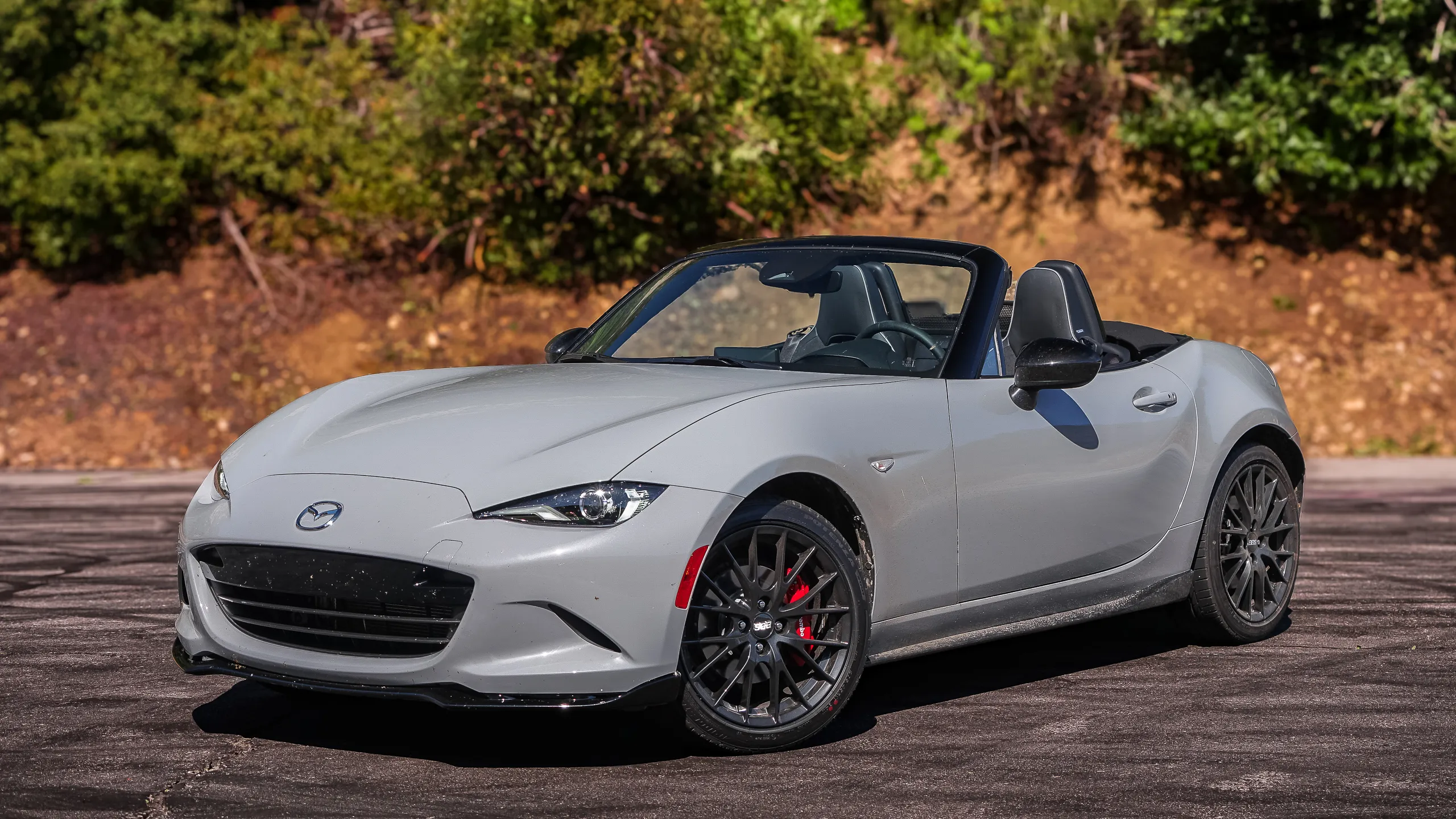
Particularly noteworthy is Mazda’s development of Skyactiv-X technology, which introduces Spark Controlled Compression Ignition (SPCCI). This groundbreaking system enables gasoline engines to operate with diesel-like compression ignition under certain conditions while maintaining the refinement of spark ignition when necessary.
This represents one of the most significant advancements in internal combustion technology in decades, demonstrating Mazda’s ability to extract additional efficiency from established principles through innovative engineering.
The company’s transmission expertise is equally impressive, with Mazda manual gearboxes consistently praised for their precise action and mechanical satisfaction.
Their automatic transmissions similarly prioritize engagement, with calibrations that intuitively respond to driver inputs rather than single-mindedly pursuing efficiency at the expense of driving pleasure.
This holistic approach extends to Mazda’s G-Vectoring Control system, which subtly modulates engine torque to improve handling dynamics, demonstrating an understanding that powertrain excellence includes how power is delivered, not merely how much.
Mazda’s methodical approach to powertrain development emphasizes thorough optimization of established technologies before pursuing electrification, resulting in internal combustion engines that achieve efficiency comparable to many hybrid systems.
This strategy reflects the company’s engineering ethos: to extract maximum performance and efficiency from every component rather than relying on complex systems to compensate for foundational inefficiencies.
By consistently prioritizing the driver’s connection with the vehicle above all else, Mazda has created powertrains that deliver satisfaction beyond their numerical specifications, a testament to the company’s understanding that truly excellent powertrains must engage the emotions as well as move the vehicle.
7. Audi
Audi’s powertrain excellence reflects the company’s unwavering commitment to progressive technology and performance delivered through sophisticated engineering solutions.
The brand with four rings has consistently developed engines and transmissions that harmoniously blend cutting-edge innovation with real-world usability, creating powertrains that excel in diverse conditions while maintaining a distinctive character.
The cornerstone of Audi’s powertrain philosophy lies in its pioneering development of Quattro all-wheel-drive technology, which fundamentally transformed how power is delivered to the road.
Rather than treating drivetrain layout as separate from engine development, Audi approaches powertrain engineering holistically, creating integrated systems that distribute power with mechanical intelligence.
This approach reached its zenith with the introduction of the Torsen-based center differential and later the crown gear center differential, which enabled variable torque distribution between axles without electronic intervention, a mechanical solution that delivers both performance and reliability benefits.
Audi’s engine development deserves equal recognition, particularly its pioneering work with turbocharged five-cylinder engines. The distinctive 2.5-liter TFSI engine found in the RS3 and TT RS produces a characteristic sound and power delivery unlike anything else in production, demonstrating Audi’s commitment to preserving unique engineering identities in an era of increasing homogenization.
This engine’s ability to combine tractable daily drivability with explosive performance exemplifies Audi’s understanding that truly excellent powertrains must excel across varied driving scenarios.
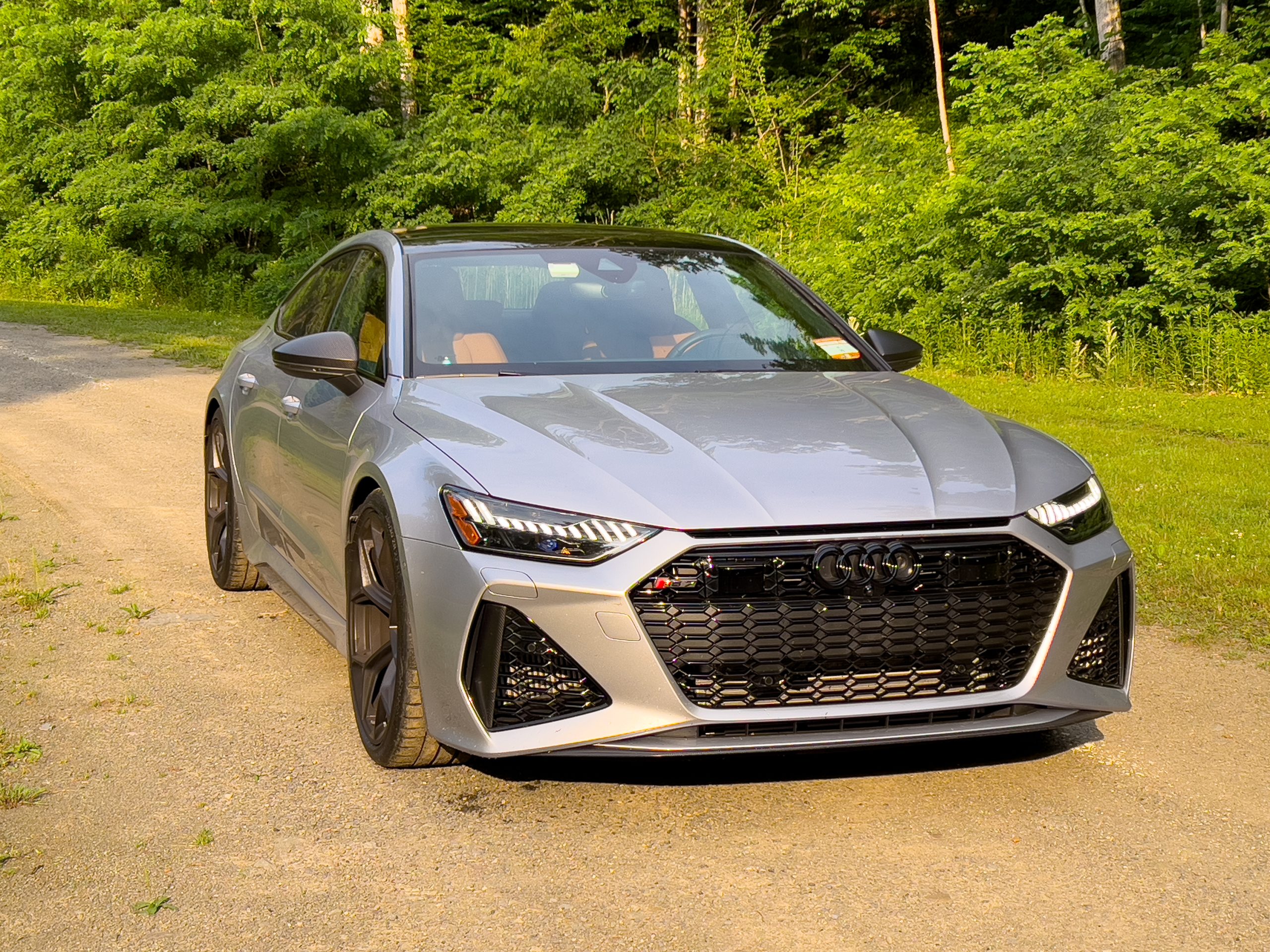
The company’s engineering prowess extends to its dual-clutch S tronic transmissions, which deliver instantaneous shifts without sacrificing refinement.
Particularly impressive is Audi’s calibration of these transmissions across vehicle types, from the compact A3 to the flagship R8 supercar, each receiving bespoke programming that complements the vehicle’s character while maintaining the fundamental precision that defines the technology.
Audi’s commitment to powertrain innovation is further demonstrated by its development of alternative fuel technologies, including natural gas power units and plug-in hybrid systems.
The latter is exemplified by the current generation of TFSI e powertrains, which integrate electric motors with conventional engines to deliver not just efficiency but enhanced performance characteristics, utilizing electrification to fill torque gaps and improve response.
Perhaps most impressive is Audi’s ability to create powertrains that perform consistently regardless of environmental conditions. The brand’s engines and transmissions are engineered to deliver their promised performance, whether going through the Alpine passes in winter or cruising desert highways in summer, a testament to thorough development and validation processes.
This all-weather capability represents the practical application of Audi’s “Vorsprung durch Technik” (Advancement through Technology) philosophy, creating powertrains that leverage innovation to enhance the driving experience in tangible, meaningful ways rather than pursuing technology merely for its own sake.
8. Ford
Ford’s powertrain excellence demonstrates the American manufacturer’s ability to blend accessibility with innovation, creating engines and transmissions that deliver exceptional performance across diverse applications while maintaining affordability and reliability.
This democratic approach to powertrain development has produced some of the industry’s most influential and beloved power units, from workhorse truck engines to high-performance marvels that outperform exotic machinery costing many times more.
The company’s EcoBoost technology represents one of the most successful implementations of downsized turbocharging in the industry, delivering V8-like performance from smaller displacement engines while achieving significant efficiency gains.
Particularly noteworthy is the 3.5-liter EcoBoost V6, which revolutionized the American truck market by convincing traditionally V8-loyal customers that a turbocharged six-cylinder could not only match but exceed the performance of larger naturally aspirated engines while delivering superior fuel economy.
This engine’s robust design and overbuilt components have enabled it to withstand the punishing demands of towing and hauling while maintaining reliability, a testament to Ford’s thorough engineering approach.
At the performance extreme, Ford’s development of the flat-plane crank 5.2-liter Voodoo V8 for the Shelby GT350 demonstrated the company’s willingness to pursue exotic engineering solutions typically reserved for European exotics.
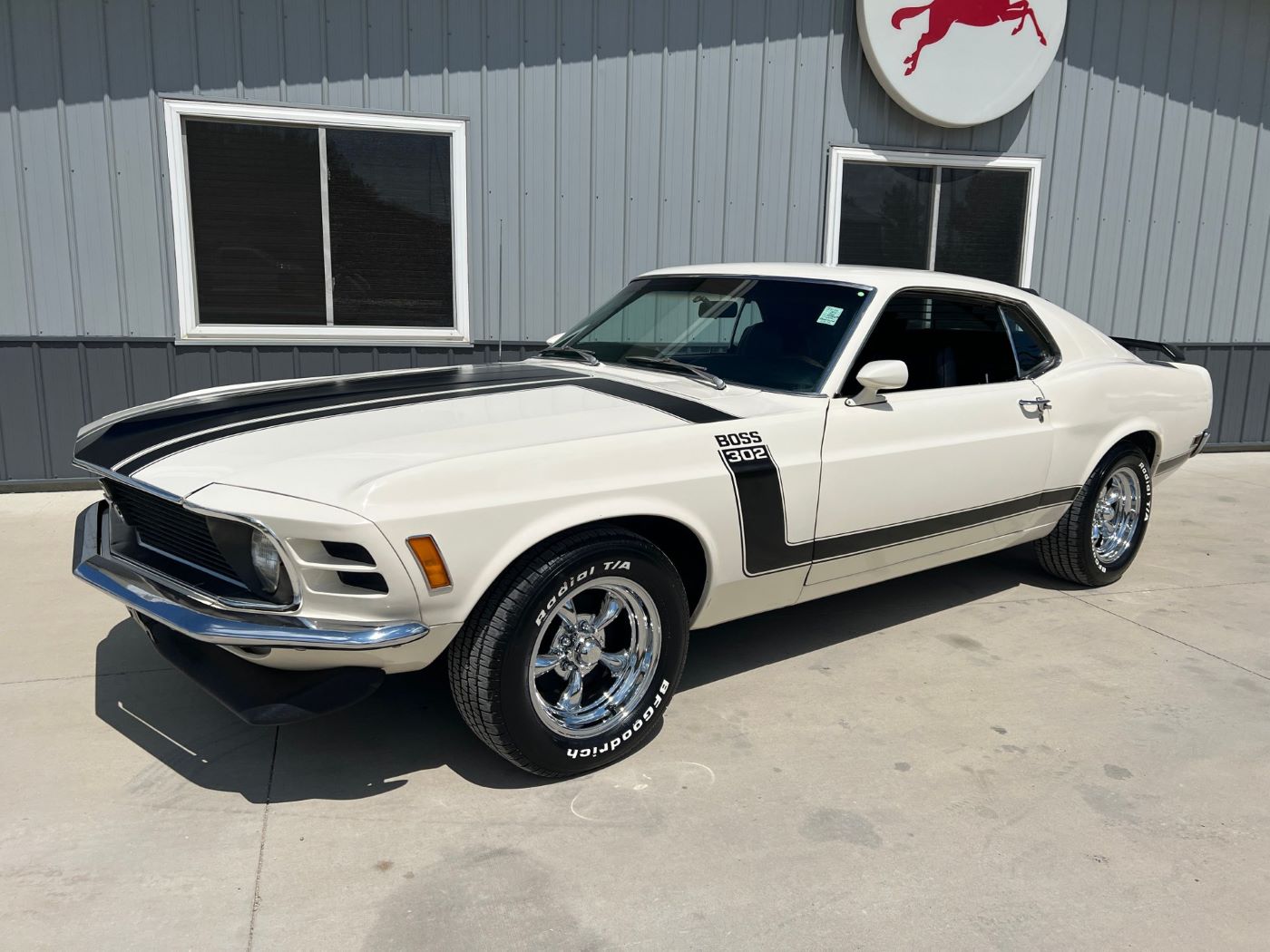
This high-revving naturally aspirated masterpiece combined the traditional American V8’s torque with European-like responsiveness and an 8,250 RPM redline, creating one of the most charismatic engines of the modern era, regardless of price point.
Ford’s transmission development deserves equal recognition, particularly its cooperation with General Motors to develop sophisticated 10-speed automatic transmissions that deliver both performance and efficiency benefits.
These transmissions’ ability to skip multiple gears when necessary while maintaining smoothness demonstrates Ford’s understanding that transmission excellence encompasses more than just gear count; it requires intelligent calibration that anticipates driver needs.
The company’s powertrain excellence extends to commercial applications, where the Power Stroke diesel lineup has consistently delivered the durability and torque necessary for demanding work environments.
These engines’ ability to maintain performance through hundreds of thousands of miles of punishing service conditions demonstrates Ford’s engineering depth beyond performance applications.
Most recently, Ford has applied its powertrain expertise to electrification, creating the Mustang Mach-E GT Performance Edition and F-150 Lightning, which deliver characteristic Ford performance through electric propulsion.
By focusing on real-world usability rather than merely theoretical capabilities, Ford has created electric powertrains that serve their owners’ actual needs rather than just impressing on specification sheets.
Throughout its history, Ford has approached powertrain development with an emphasis on accessible performance, creating engines and transmissions that deliver exceptional capabilities without requiring exceptional maintenance or operational compromises.
This pragmatic engineering philosophy has resulted in powertrains that excel not just in controlled testing environments but in the varied and often demanding conditions of everyday use, establishing Ford as a brand whose powertrain excellence serves real-world drivers rather than merely chasing headlines.
9. Ferrari
Ferrari’s powertrain excellence represents the pinnacle of automotive engineering as an art form, creating engines and transmissions that transcend mere transportation to deliver experiences that engage all senses.
The Italian manufacturer has consistently developed powertrains that establish new benchmarks for performance, character, and emotional appeal, enshrining the company as the standard by which all other performance powertrains are measured.
At the heart of Ferrari’s powertrain philosophy lies an unwavering commitment to naturally aspirated excellence, exemplified by the F136 V8 family and the F140 V12 engines.
These masterpieces of mechanical engineering combine stratospheric redlines with immediate throttle response and progressive power delivery that rewards driver skill.
The 458 Speciale’s iteration of the F136 engine represents perhaps the pinnacle of naturally aspirated V8 development, producing 597 horsepower from 4.5 liters without forced induction, an achievement that required solutions including a 14:1 compression ratio, lightweight internal components, and Ferrari’s proprietary continuously variable intake system.
The company’s V12 engines deserve particular recognition for maintaining naturally aspirated purity in an era of ubiquitous turbocharging. The 812 Superfast’s 6.5-liter V12 produces 789 horsepower while revving to 8,900 RPM, delivering a linear power curve and acoustic signature that cannot be replicated with forced induction.
This represents Ferrari’s understanding that powertrain excellence encompasses subjective qualities like sound and throttle response that transcend mere output figures.
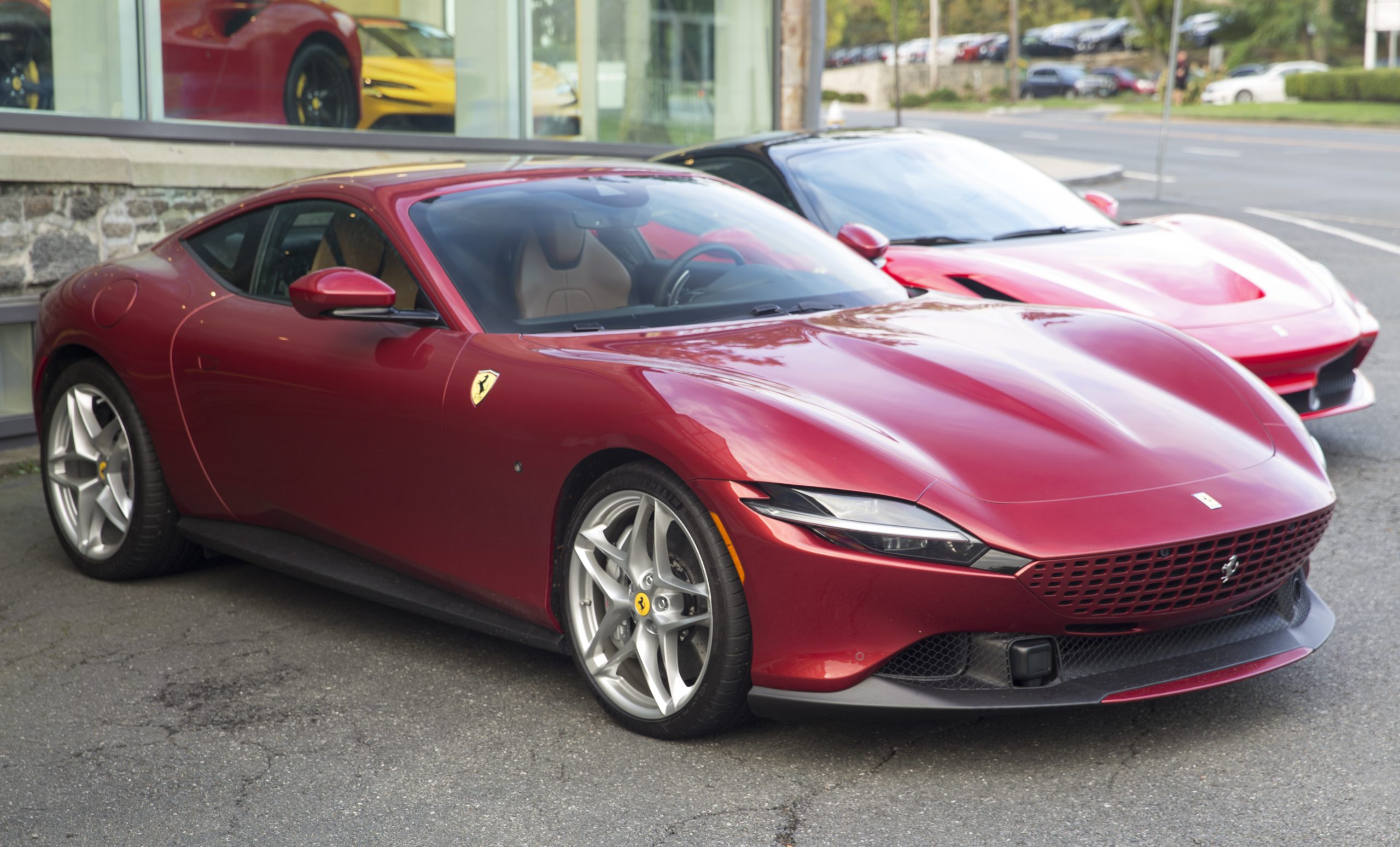
When Ferrari eventually embraced turbocharging with the F154 V8 family, it approached the technology with characteristic thoroughness, developing solutions to traditional turbo shortcomings, including specially shaped, equal-length exhaust runners and innovative turbine designs to minimize lag.
Most impressively, Ferrari calibrated these engines to increase torque progressively through each gear rather than delivering peak torque immediately, creating a sensation of building power that mimics naturally aspirated engines, demonstrating an understanding that how power is delivered matters as much as how much power is available.
Ferrari’s transmission development has been equally pioneering, with the company being among the first to adopt dual-clutch technology with its F1-DCT transmission.
This gearbox delivers instantaneous shifts without power interruption while surviving the extreme torque loads of Ferrari’s most powerful engines.
The calibration of these transmissions demonstrates Ferrari’s holistic approach to powertrain development, with shifting strategies that complement the engine’s power delivery characteristics rather than operating as independent systems.
Perhaps most impressive is Ferrari’s ability to create powertrains that combine extraordinary performance with surprising reliability. Despite operating at the bleeding edge of engineering capability, modern Ferrari engines have demonstrated remarkable durability when properly maintained, a testament to the company’s rigorous development process that includes extensive endurance testing both on track and in varied road conditions.
By consistently pushing the boundaries of what’s possible from internal combustion while maintaining mechanical integrity, Ferrari has created powertrains that deliver transcendent driving experiences without sacrificing the dependability necessary for owners to fully enjoy their capabilities.
10. Tesla
Tesla’s powertrain excellence represents a fundamental reimagining of vehicle propulsion, creating electric drive systems that have radically redefined performance expectations while simultaneously advancing sustainable transportation.
The California-based manufacturer has consistently developed motors, battery systems, and power electronics that establish new benchmarks not only for electric vehicles but for the automotive industry as a whole.
At the core of Tesla’s powertrain philosophy lies an uncompromising commitment to maximizing efficiency across the entire energy chain. This begins with battery technology that has consistently led the industry in energy density and discharge capability.
Tesla’s cylindrical cell architecture, initially adapted from laptop batteries but continuously refined through each generation, enables exceptional thermal management while maintaining structural integrity under high-load conditions.
This approach has yielded battery packs that can deliver sustained performance without the significant degradation that plagues many competitors’ systems during extended high-power operation.
Tesla’s motor development deserves equal recognition, particularly its pioneering work with AC induction motors and later permanent magnet synchronous reluctance motors.
The Model S Plaid’s carbon-wrapped rotor design represents a significant innovation, enabling electric motors to sustain higher RPMs without centrifugal destruction, a breakthrough that directly translates to increased performance at higher speeds.
This technology demonstrates Tesla’s understanding that advancing electric propulsion requires fundamental materials science innovations, not merely incremental improvements to established designs.
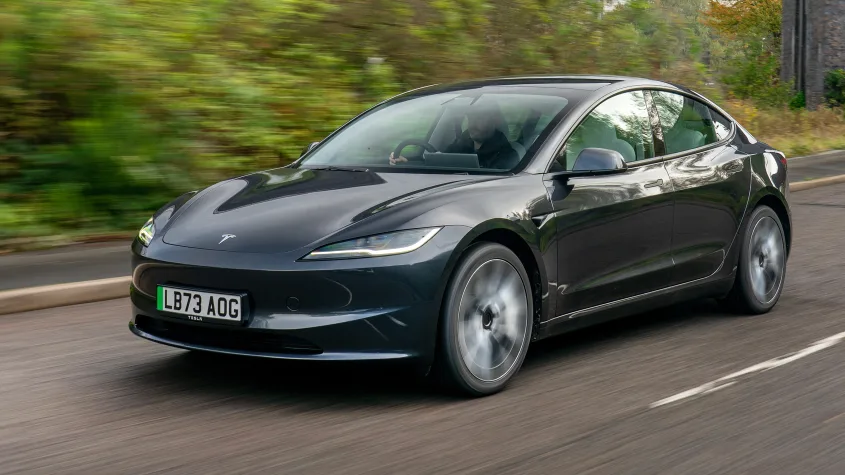
Perhaps most impressive is Tesla’s integrated approach to powertrain development, treating motors, inverters, and transmission components as a holistic system rather than discrete elements.
This philosophy is exemplified by the Model 3’s rear motor, which integrates the motor and single-speed transmission into a remarkably compact unit that maximizes both performance and packaging efficiency.
By developing these components in-house rather than sourcing from suppliers, Tesla maintains complete control over the powertrain’s character and capabilities.
Tesla’s power electronics deserve particular recognition, with the company developing silicon carbide inverters that minimize switching losses while maximizing responsiveness.
These sophisticated components enable Tesla powertrains to deliver instantaneous torque with precision that traditional combustion engines cannot match, creating a driving experience defined by immediate response to driver inputs regardless of vehicle speed or previous power demands.
Beyond pure performance, Tesla’s powertrain excellence extends to efficiency optimization through regenerative braking systems that seamlessly blend traditional friction braking with energy recovery.
The intuitive calibration of these systems demonstrates Tesla’s understanding that truly excellent powertrains must operate transparently, enhancing the driving experience without requiring the driver to adapt to the technology.
By consistently advancing electric powertrain technology while maintaining focus on the fundamentals of driving dynamics, Tesla has created propulsion systems that appeal not just to early adopters but to mainstream consumers and enthusiasts alike.
This democratization of electric performance has fundamentally altered the automotive world, establishing new expectations for what vehicle powertrains can deliver regardless of their energy source.
Also Read: 10 Reliable Cars for People Who Commute 100+ Miles Daily

